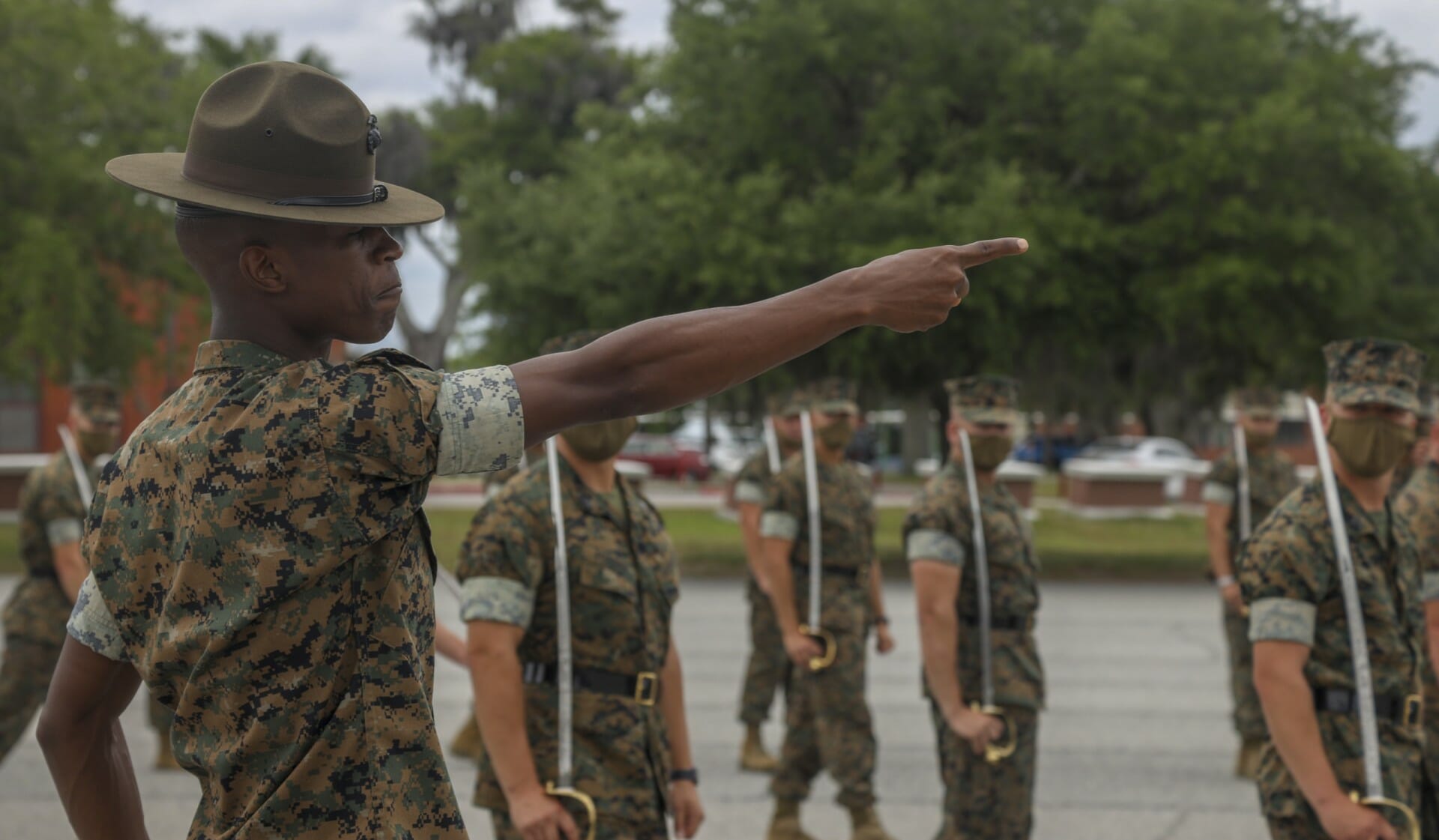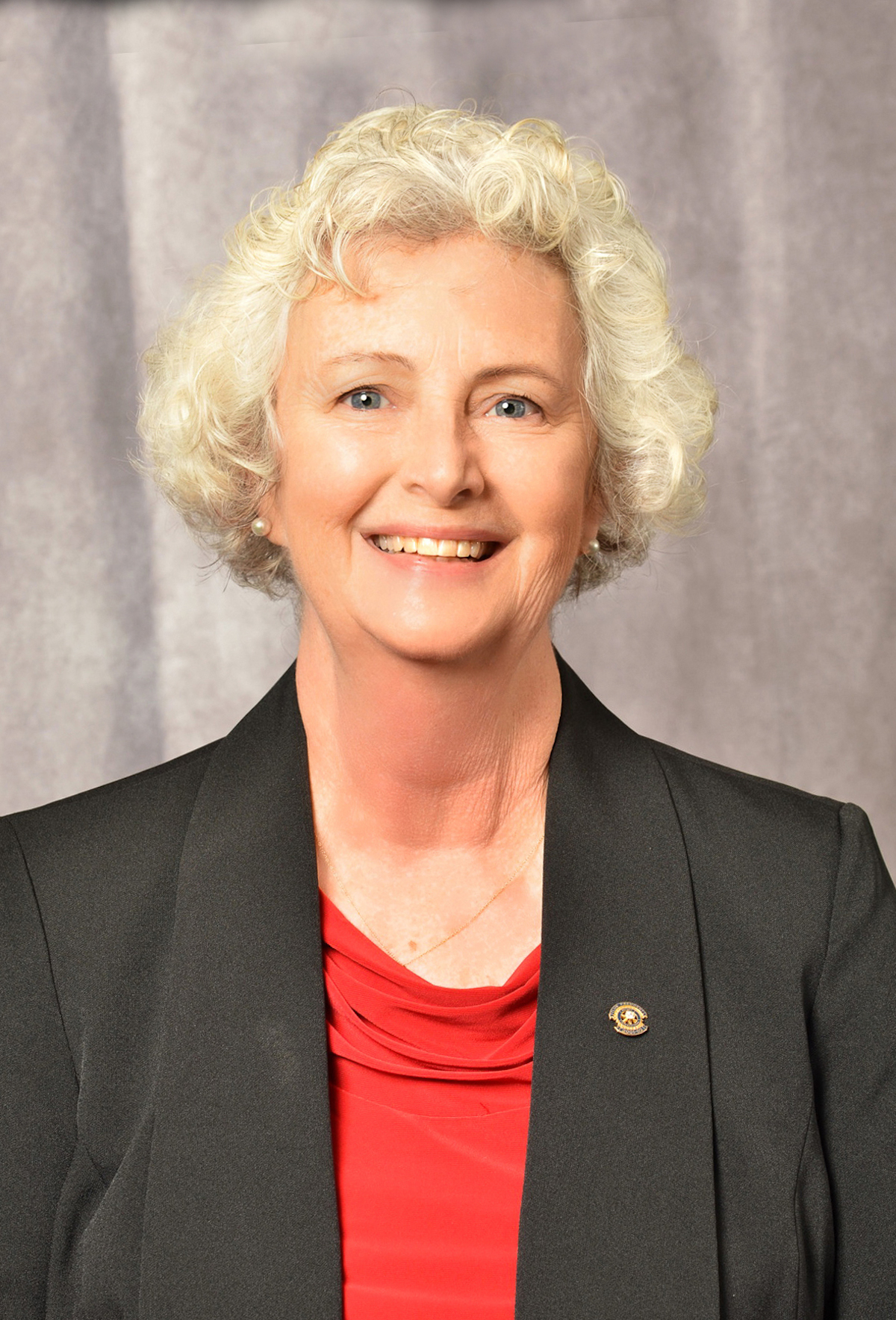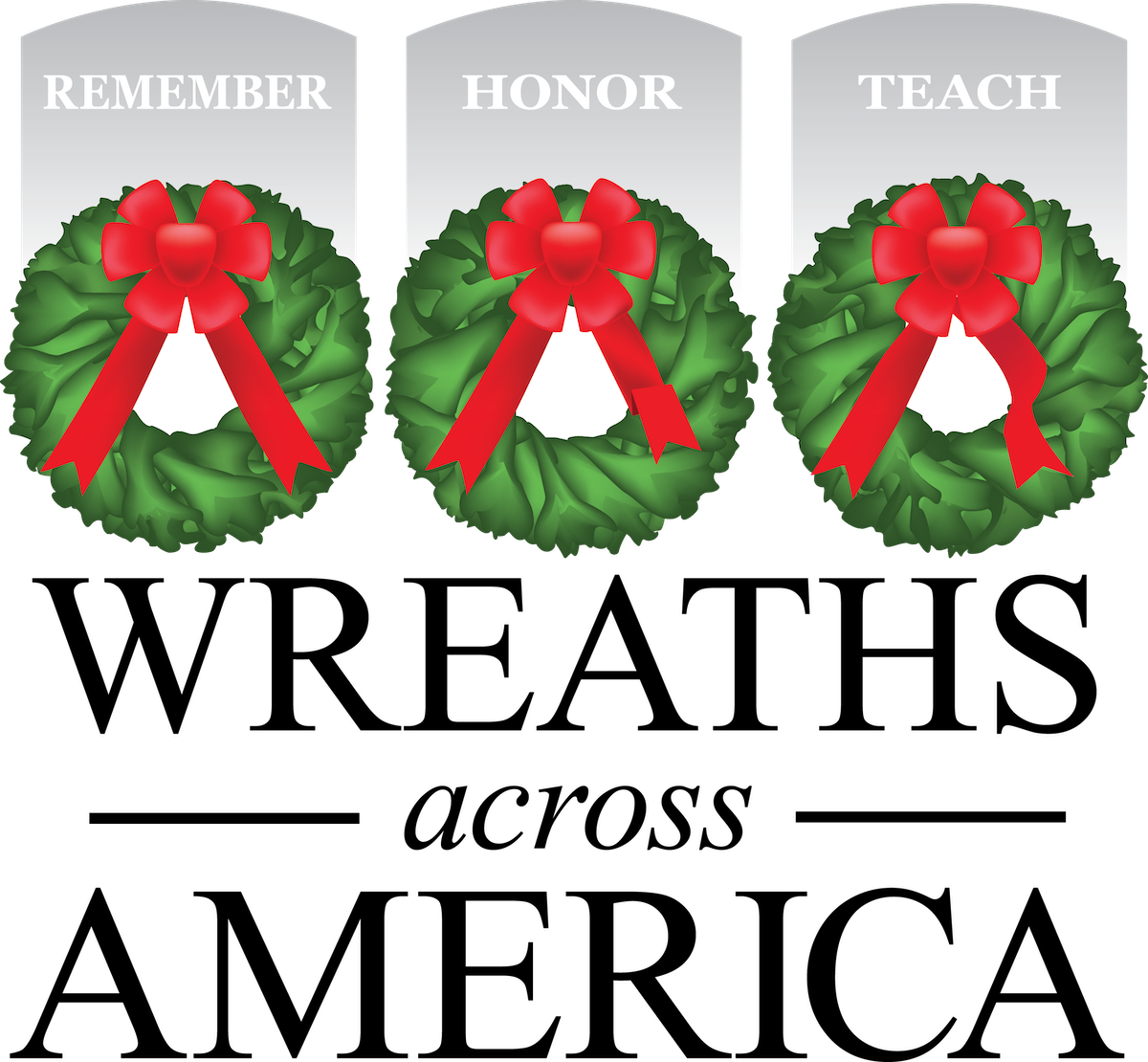LOCAL MILITARY
ON POINT
Students with Drill Instructor School, Recruit Training Regiment, practice drill and sword manual techniques May 10 on Marine Corps Recruit Depot Parris Island. The techniques taught during this event showed the students the commands used to prepare recruits for movements, as well as proper handling of the Noncommissioned sword. Photo by Sgt. Yamil Casarreal, USMC.
Good and Bad Profiling
Do police officers’ really use profiling? One of the best studies done on profiling, Racial Profiling Studies in Law Enforcement: Issues and Methodology, is the study done by Minnesota House of Representatives Research Department dated June 2000.
The term profiling refers to the police practice of viewing certain characteristics, reports, and behaviors and stopping a person based on the officer’s training, observations, and reports. Suspicious behavior and indicators of criminal behavior might include a citizen’s description, report of a crime in progress, report of a crime previously committed, or a person running or driving away when asked to stop by the police.
Profiling is used to identify suspicious activity or signs such as a person with a bulge on his waist line that may be a gun; who is standing in a high crime area, where guns are often used in crimes; who has gang tattoos and wearing gang colors of clothing; who quickly turns away from the police officer, avoids eye contact, and begins walking away from the officer; who is a known convicted felon or a person who has been the subject of many complaints in the past; who drops something while walking away; who is acting nervous; and who is sweating heavily on a cold night; and it is 2:00 AM in the morning. All of these observations need not be present to legitimately arouse a police officer’s suspicion.
Profiling is an established law enforcement practice. Profiling has evolved with the incorporation of social science theory and statistical methodology into law enforcement’s crime solving and crime prevention strategies. Profiling has been shown to be a successful and legal supplement to other policing strategies.
Most would agree that profiling is a lawful and useful tool when it is not based purely on race or ethnicity. On the other hand, racial profiling occurs when a police officer stops, questions, arrests, or searches someone solely on the basis of the person’s race or ethnicity. Critics typically use this definition when condemning racial profiling, as do law enforcement agencies when denying the existence of racial profiling.
Few things are more important to the vast majority of police officers and more on their mind than proving they are race-neutral in their public safety duties. Officers know they do use profiling to identify suspected criminal activity and to stop reported criminals and reported suspicious persons.
Police departments and academies certainly train and direct officers to use their skills, training, citizen reports and complaints, community requests for close patrol, briefings, wanted information, reports, statistical information, experience, knowledge of criminal activity, the time of day or night, the weather, a person’s behavior, and other information to help them identify criminal activity.
Unfortunately, there have been cases where, police officers have stopped, questioned, searched, and arrested someone solely on the basis of the person’s race or ethnicity. This history of racial profiling calls for increased training for law enforcement personnel to better sensitize officers to the subtle and unintended ways in which broad-based racial assumptions and stereotypes may lead to racial profiling and other racially biased justice outcomes.
Racial profiling has also led to redoubling efforts to recruit minority persons into positions of responsibility throughout the justice system. However, because it is hard to find qualified minorities, who are interested in low paying police officer jobs, more long-term strategies, like the Police Explorers program, aimed at the earlier preparation and encouragement of children of color for careers in the justice system are needed.
Most police officers are committed to doing everything they can to help every citizen they come in contact with, including using profiling correctly and condemning racial profiling. Every day, police officers are able to control themselves, even when threatened, cursed at, and spit upon. COPs do things like:
Changing flat tires, pushing disabled vehicles out of the road, clearing clogged street drains when they were clogged and frozen with snow and ice, giving first aid, and giving money, toys, and clothing to those in need. Playing basketball with street kids, removing dangerous obstacles from roadways, visiting businesses and giving crime prevention advice. Driving folks with dementia home and a thousand other things to serve and protect.
Addressing everyone (including criminals who were disrespectful and disorderly) with dignity, using sir and mam, please, thank you, and you are welcome, avoiding cursing, giving money to folks they arrest and jail so that they did not leave jail broke and so they remembered it was a compassionate policeman they had encountered. Giving children’s books to the children in cars that I stopped for traffic violations, eating lunch with children in the schools in their beat, and giving warnings, rather than tickets where ever and whenever they can.
However, these examples of what most call “community policing” are not enough to completely stamp out racial profiling and to build the trust and respect needed between the public and police. Only significantly increasing: screening of recruits, training of police officers, funding of police, public education on policing and laws, and passing a police reform bill will build trust, cooperation, and respect between the public and police officers.
Larry Dandridge is an honors graduate of three police academies and a DoD Counter Terrorism course graduate. He served as a police officer and deputy sheriff in AL and MO. He has also worked as a consultant with the Federal Law Enforcement Training Center in GA and SC, and the Military Police and Customs operations in TX. An accomplished writer and motivational speaker, the owner of TVV Publishing, a retired Army Test Pilot, the author of the award-winning BLADES OF THUNDER (book One), a retired Aerospace Industry Region Manager, a past University Business, Writing, and Aeronautics Instructor, and volunteer Patient Adviser at the RHJ VA Medical Center, he writes two columns, as a free-lance writer, for the ISLAND NEWS, the Veterans Benefits Column and the What Citizens Should Know About Policing Column. You can contact Larry at his email, LDandridge@earthlink.net.
EDITOR’S NOTE
This is column 11 of a 12-column series on what citizens should know about police officers, use of force, and challenges the police and citizens face. Columns 1 through 10 introduced the series by answering the questions:
- What are the risks involved in police work?
- How does a COP (Constable on Patrol) decide on what level of force to use?
- When can a police officer use deadly force?
- When can deadly force be used on a fleeing felon?
- Do life and death decisions made by police really have to be made so quickly?
- What does the Beaufort County Sheriff’s Office do for Beaufort County?
- Do police officers take care to avoid hurting innocent bystanders?
- Do police officers have to retreat when facing a dangerous person?
- Can a police officer be unfit to serve, even if they do not break the law?
- Do police officers have to retreat when facing a dangerous person?
- Can a police officer be unfit to serve, even if they do not break the law or violate department written policies?
- Why do police officers not hot pursue and chase down every person who runs from them in a vehicle?
- Why do police officers sometimes use choke holds on people?
- Why do the police not shoot guns and other weapons out of people’s hands?
- Why do police sometimes use deadly force on people brandishing a Fake Gun?
- Why do the police not read everyone their Miranda rights?
- How does a police officer deal with a person with a knife or other edged weapon?
- Why do many police officers have second jobs?
- How much training does a police officer get?
- How many police departments are there and how many COPS are on the job per 1,000 citizens?
- Are all police departments certified by the Commission on Accreditation for Law Enforcement Agencies (CALEA)?
- How thorough are the background checking, screening, testing, and interviewing, of police recruits and officers transferring from one department to another?
- Why do police departments need armored cars and other military types of equipment?
- Are Driving While Impaired (DWI) and Driving Under the Influence (DUI) really all that serious crimes?
- What is qualified immunity?
These columns are not meant to replace carefully reading local, county, state, and federal law or the need for a lawyer when seeking legal advice.
Larry Dandridge is not an employee of THE ISLAND NEWS and his opinions are his alone. Readers should rely on their local police and sheriff’s departments, federal law enforcement agencies, and their attorneys for all law enforcement information and legal advice. Although every precaution has been taken in the preparation of these articles, the publisher and author assume no responsibility for errors or omissions. Neither is any liability assumed by the author or THE ISLAND NEWS for damages resulting from the use of information contained herein.








